Dinetus grandiflorus


Nepal, India (N West Bengal including Sikkim), Bhutan, and extreme SW China (Tibet) (Map).
Rare to common in
moist situations in cloud forests, deciduous forests, thickets, ravines and
along watercourses; in association with Quercus L., Rhododendron
L., Juglans L., and Codonopsis Wall. Mostly on north or west
facing slopes at 1750–2600 m altitude.
Dinetus grandiflorus (Wall.) Staples, Novon 3: 199. 1993.
|
Months |
Jan |
Feb |
Mar |
Apr |
May |
Jun |
Jul |
Aug |
Sep |
Oct |
Nov |
Dec |
|
Flowering specimens |
6 |
4 |
30 |
26 |
7 |
1 |
||||||
|
Fruiting specimens |
1 |
1 |
5 |
4 |
1 |
Staples, G.W. 2006. Blumea 51: 403–491.
Staples, G.W. 2006. Blumea 51: 403–491.
Porana grandiflora Wall. in Roxb. Fl. ind. ed. Carey, 2: 41. 1824; — Dinetopsis grandiflora (Wall.) Roberty, Candollea 14: 27. 1952 — TYPE: Nepal, Sheoparie [Sheopore], July 1821, Wallich s.n. (lectotype: K-Wal 1324.1,A, excluding packet contents; isolectotype: CAL-Wal 1324.bis, sheet 314331).
Porana stenoloba Kurz J. Bot. 11: 136. 1873. TYPE: [India. West Bengal:] Sikkim-Himalaya, not infrequent along the post-road from Kersiong to Darjeeling, 25 Oct. 1868, S. Kurz s.n. (holotype: CAL; isotypes: K).
Ipomoea cuspidata D. Don, Prodr. fl. nepal. 98. 1825. TYPE: Nepal. sine loco, Hamilton s.n. (not found).





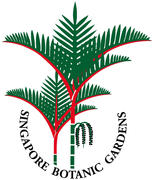
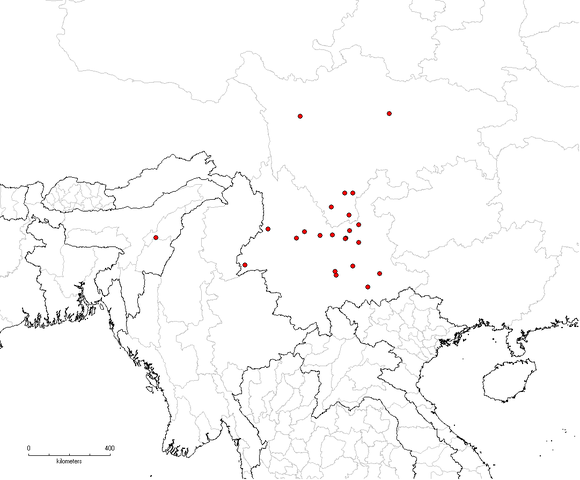
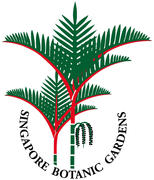
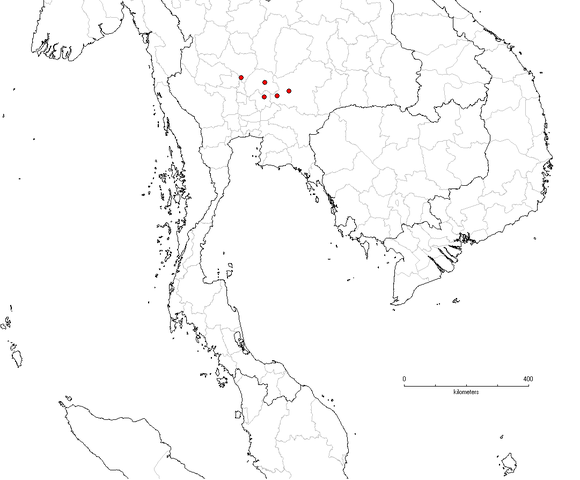
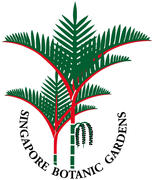
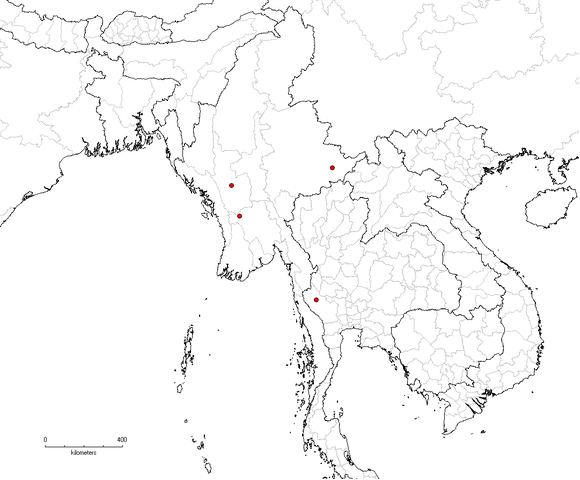

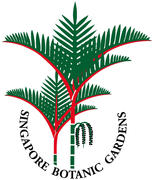

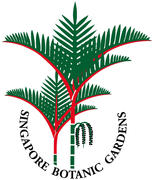
Dinetus grandiflorus has the largest flowers in the genus and these are beautifully colored and reported to be fragrant as well. It is attractive and coming as it does from high elevation tropics, it might be expected to grow well in milder temperate zone gardens. The species was introduced to horticulture in Britain in the previous century, but it has disappeared from cultivation. Perhaps it is time to reintroduce it as this species has much to recommend it. The novelist Jamaica Kincaid wrote about her experiences searching for this and other desirable garden plants in My Garden (Book) (2001).